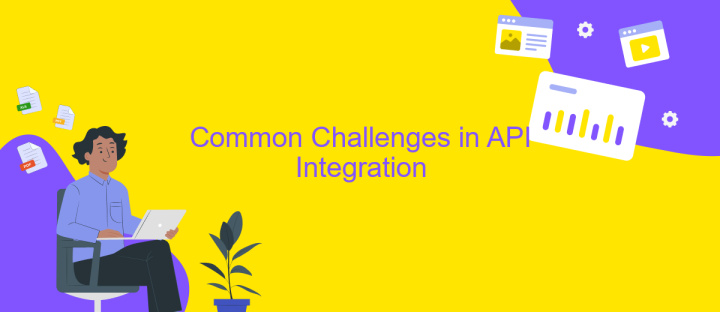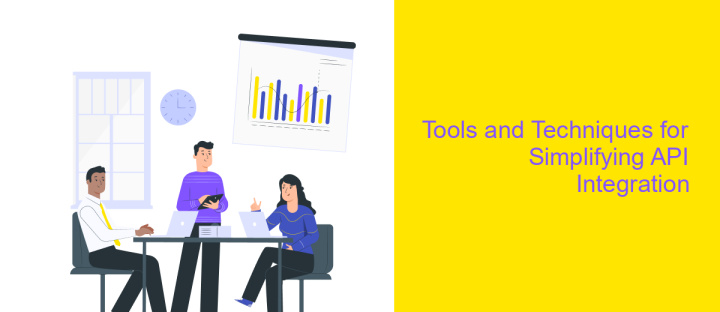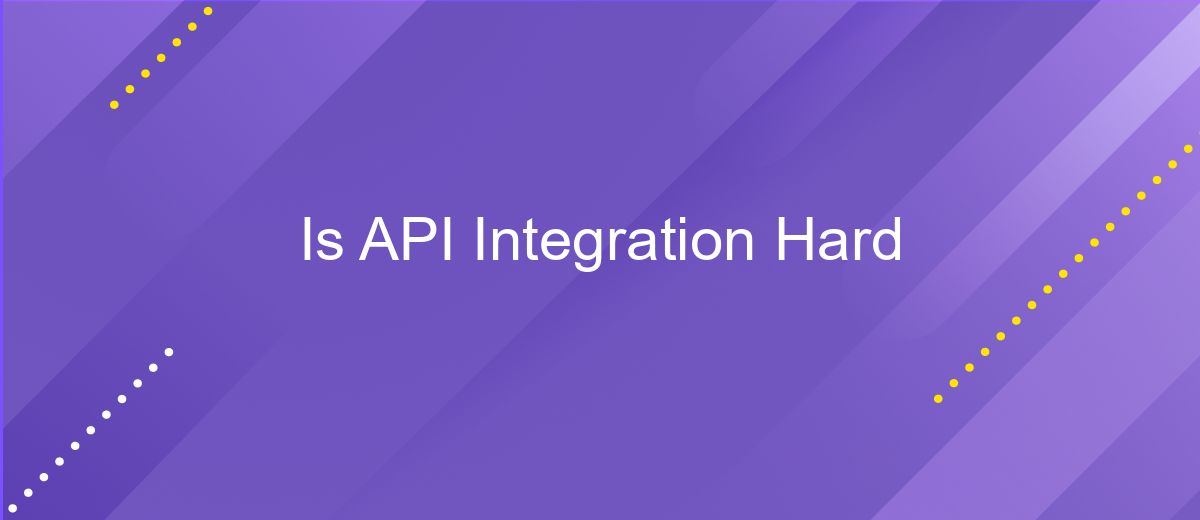Is API Integration Hard
API integration is a crucial component in modern software development, enabling seamless communication between different systems and applications. While it offers significant benefits like enhanced functionality and improved efficiency, the process can be challenging. Developers often face obstacles such as compatibility issues, security concerns, and the need for comprehensive documentation. Understanding these challenges is essential for successfully navigating the complexities of API integration.
Understanding API Integration Basics
API integration is a fundamental aspect of modern software development, enabling different systems to communicate and share data seamlessly. At its core, API integration involves connecting applications through their APIs to enable data exchange and functionality sharing. This process can streamline workflows, enhance user experiences, and improve operational efficiency. Understanding the basics of API integration is crucial for developers and businesses looking to leverage technology effectively.
- APIs, or Application Programming Interfaces, are sets of rules that allow different software applications to communicate with each other.
- Integration involves using these APIs to connect disparate systems, enabling them to work together as a cohesive unit.
- APIs can be public, private, or partner-based, each serving different purposes and access levels.
- Security is a critical component, ensuring that data exchanged via APIs is protected from unauthorized access.
By mastering API integration basics, developers can create more flexible and scalable applications. This knowledge allows for the creation of interconnected systems that can adapt to changing business needs and technological advancements. As businesses continue to rely on diverse software solutions, understanding API integration becomes increasingly vital for achieving seamless digital transformation.
Factors That Influence API Integration Difficulty

The complexity of API integration is influenced by several factors, including the API's documentation quality and the level of support available. Comprehensive and well-structured documentation can significantly ease the integration process by providing clear guidance and examples. Conversely, poorly documented APIs can lead to increased development time and potential errors. Additionally, the availability of support, whether through community forums, customer service, or dedicated technical assistance, plays a crucial role in overcoming integration challenges.
Another critical factor is the compatibility between the API and the systems it is being integrated with. Differences in data formats, authentication methods, and communication protocols can complicate the integration process. Tools like ApiX-Drive can simplify these challenges by offering a platform that connects various services with minimal coding. This service can streamline the integration process by automating data exchange and providing pre-configured connectors, thus reducing the technical burden on developers. Understanding these factors can help in planning and executing a smoother API integration.
Common Challenges in API Integration

Integrating APIs into existing systems can present several challenges that developers need to navigate. These obstacles can arise from various technical and organizational aspects, making the integration process complex and time-consuming. Understanding these common challenges is essential for a smoother integration experience.
- Compatibility Issues: Ensuring that the API is compatible with existing systems and technologies can be difficult, especially if legacy systems are involved.
- Security Concerns: Protecting sensitive data during API calls requires robust security measures, which can be challenging to implement and maintain.
- Documentation Gaps: Incomplete or unclear API documentation can lead to misunderstandings and implementation errors.
- Rate Limiting: APIs often have rate limits that can hinder performance and require careful management to avoid disruptions.
- Versioning Conflicts: Handling different API versions and ensuring backward compatibility can complicate the integration process.
Addressing these challenges requires careful planning, clear communication, and a thorough understanding of both the API and the systems it will interact with. By anticipating these issues and preparing accordingly, developers can mitigate potential risks and achieve successful API integrations.
Tools and Techniques for Simplifying API Integration

Integrating APIs can often seem daunting, but with the right tools and techniques, it becomes a manageable task. Developers can leverage various resources to streamline the process, ensuring efficient and seamless integration.
Firstly, understanding the API documentation is crucial. Comprehensive documentation provides insights into the API's capabilities, endpoints, and authentication methods, reducing the complexity of integration. Additionally, utilizing tools designed specifically for API testing and management can significantly ease the process.
- Postman: A popular tool for testing API requests and responses, allowing developers to ensure the API functions as expected.
- Swagger: An open-source framework that helps design, build, and document APIs, making them easier to understand and implement.
- API Gateway: A service that acts as an entry point for API calls, managing traffic and ensuring security and scalability.
By employing these tools and techniques, developers can simplify API integration, enhance productivity, and reduce potential errors. Embracing these resources not only facilitates smoother integration but also empowers developers to build more robust and scalable applications.
Best Practices for Successful API Integration
Effective API integration begins with comprehensive planning and understanding of the API documentation. Prioritize reading through the API's technical specifications to comprehend its capabilities and limitations. This foundational knowledge will guide the integration process, ensuring compatibility and functionality. Additionally, setting clear objectives for what the integration should achieve will help streamline the development process and align team efforts towards a common goal.
Utilizing reliable tools and services can significantly simplify the integration process. Platforms like ApiX-Drive offer seamless solutions for connecting various applications without extensive coding. Such services can automate workflows and reduce manual intervention, saving time and resources. It's also crucial to implement robust error handling and monitoring systems to quickly identify and resolve issues. Regularly testing the integration in a controlled environment before full deployment can prevent potential disruptions. By following these best practices, businesses can achieve a successful and efficient API integration.
FAQ
What is API integration, and why is it important?
Is API integration difficult for beginners?
What are the common challenges faced during API integration?
How can I simplify the API integration process?
What are some best practices for successful API integration?
Apix-Drive will help optimize business processes, save you from a lot of routine tasks and unnecessary costs for automation, attracting additional specialists. Try setting up a free test connection with ApiX-Drive and see for yourself. Now you have to think about where to invest the freed time and money!

